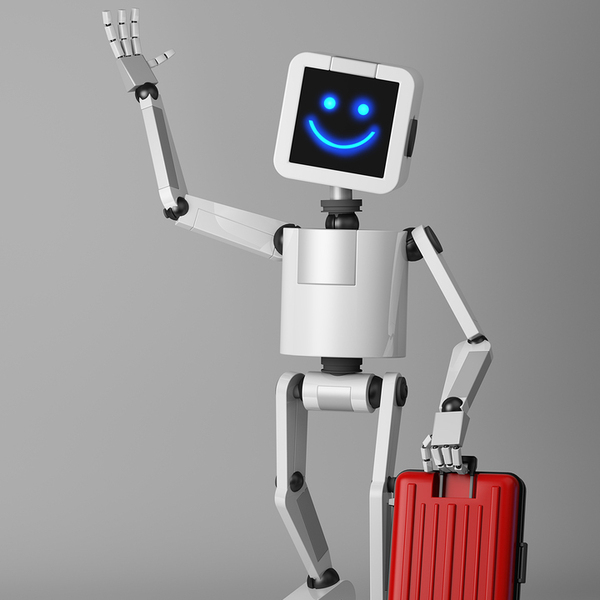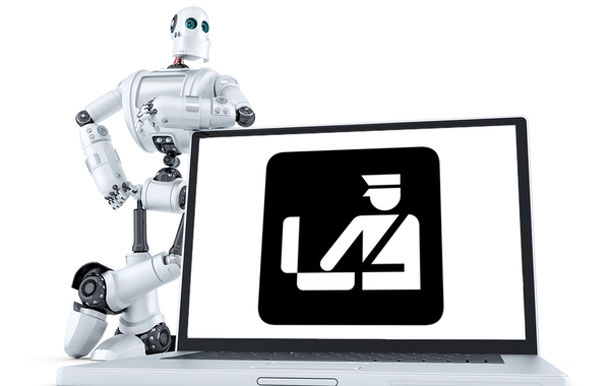You knew that it was coming. Automation has made its way into so many other industries. Why not put robots in charge of customs?
That’s what’s happening in China. In October of last year, Sanbot was introduced as a new, robotic customs helper. This human-like piece of technology was put into service to make the customs process smoother and more efficient at one of China’s busiest checkpoints. So far, the outlook is good.
Sanbot Solves a Longstanding Problem
The Gongbei Port of Entry is the largest in China and one of the busiest in the world. With tens of millions of people processing through customs every year, officials wanted faster and more efficient service than was available through traditional customs processing.
Enter Sanbot. Gongbei Customs director, Zhao Min, explained to Engineering.com worked with QIHAN, Chinese CCTV surveillance equipment manufacturer. QIHAN designed a robot that meets the special needs of a busy border crossing, and then some.
They’re cute and smart. Watch a Sanbot in action:
Travelers Seem to Like the Convenience and Interaction
Sanbot makes traveling simpler and safer, says Engineering.com. And Zhao Min explains, “Travelers who interact with Sanbot are left with a memorable experience that makes their time at Gongbei more enjoyable and more efficient.”
Fifty robots were deployed in China during October. They can communicate with travelers using 28 different languages. With facial recognition, the friendly-looking robots can also help detect security threats. And if a robot encounters a task outside its scope of abilities, it notifies a human agent.

Sanbots might go anywhere!
Sanbots Aren’t Just for Border Crossings
Customs security is only one type of work that Sanbots can perform. They’re service robots that can perform many jobs depending on how they’re programmed. QIHAN calls them “Robots-as-a-service,” according to Internet of Business.
Using AI algorithms, Sanbots can speak to and communicate with travelers or virtually anyone else. The Gongbei robots were programmed with answers to thousands of the usual questions customs agents fielded in the past. They can help travelers find a cab and learn about local laws.
According to QIHAN chief technology officer, Zhuang Yongjun, this type of robot is what service industries have been waiting for. “We truly believe that robots like Sanbot have the potential to change how service industries operate.” And that performance confidence doesn’t just apply to customs robots.
The Sanbot can accept specialized programming to adapt it for a wide range of needs in different industries. In time and with continued good results at locations such as Gongbei, robots with artificial intelligence could help streamline processes, improve work results and reduce human frustrations.
What will engineering think up next?
If it’s time to reinvest in engineering continuing education, PDH Academy is the place to be. Check out our PE approved courses, and you might just develop the next cutting-edge technology.







